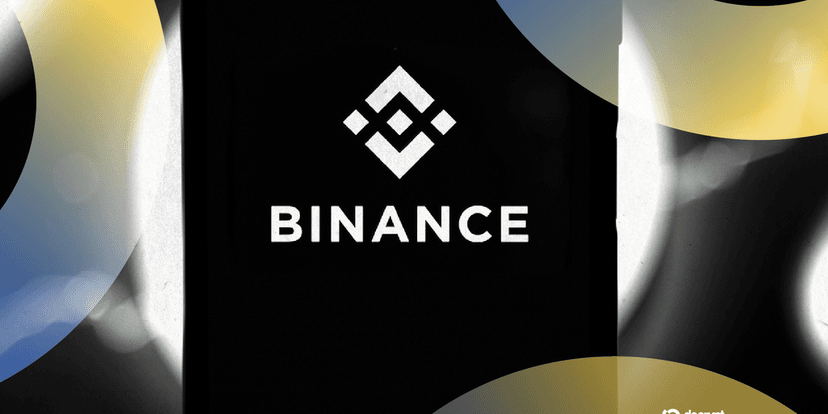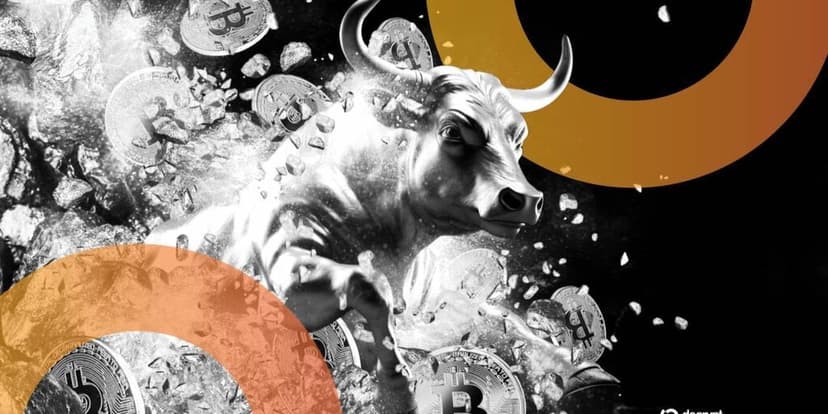About Cardano (ADA)
Cardano (ADA) is a blockchain platform that utilises a distinctive proof-of-stake consensus mechanism called Ouroboros, offering improved security and energy efficiency compared to traditional proof-of-work systems.
Cardano (ADA) supports various use cases, particularly in decentralised finance (DeFi), identity verification, and supply chain management. In the DeFi sector, Cardano enables the development of decentralised applications (dApps) for lending, borrowing, and trading without intermediaries.
Cardano (ADA) operates on a capped supply model, with a maximum of 45 billion ADA tokens, ensuring scarcity that may influence its value. The distribution model includes an initial allocation during its initial coin offering (ICO) and a gradual release of tokens through staking rewards.
Cardano employs a strong security model through its Ouroboros proof-of-stake consensus mechanism, ensuring network integrity and reliability. Validators, known as stake pool operators, are chosen to create new blocks based on their staked ADA, aligning their financial interests with network...
Cardano's development roadmap consists of five key phases: Byron, Shelley, Goguen, Basho, and Voltaire. The Byron phase, launched in 2017, established the foundational blockchain and introduced ADA. The Shelley phase, completed in 2020, decentralised the network through proof-of-stake, allowing...
How to Secure Your Cardano (ADA) Holdings
To enhance the security of your Cardano (ADA) assets, consider using a hardware wallet, which offers a secure, offline method for storing your private keys, protecting them from online threats. Trusted options include Ledger and Trezor.
For private key management, always generate and store your keys in a secure location, avoiding cloud storage and sharing them with anyone. Be vigilant against common security threats like phishing attacks and malware; mitigate these risks by using strong, unique passwords, enabling two-factor...
Multi-signature wallets can provide an additional layer of security by requiring multiple private keys for transactions, which is particularly beneficial for shared accounts. Finally, establish a comprehensive backup strategy by securely storing your recovery phrases and wallet backups in multiple...
How Cardano (ADA) Functions
Cardano operates on a distinctive blockchain architecture divided into two layers: the Cardano Settlement Layer (CSL) for value transfers and the Cardano Computation Layer (CCL) for smart contracts and decentralised applications.
The transaction validation process involves grouping transactions into blocks, which are then verified by a network of stakeholders, ensuring that only legitimate transactions are added to the blockchain. Cardano prioritises network security through a thorough peer-reviewed development process and...


